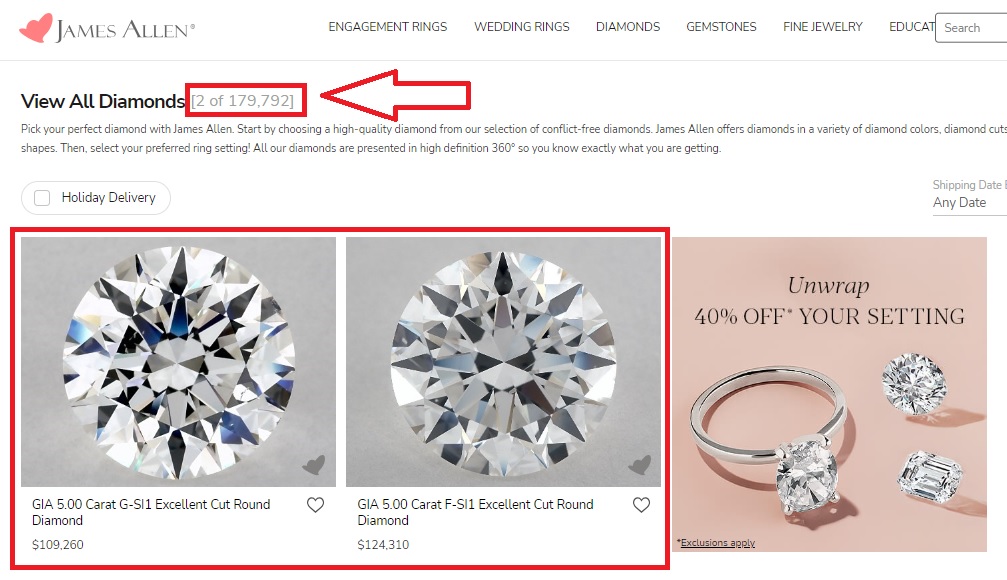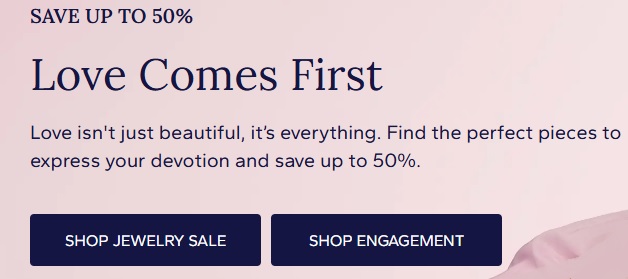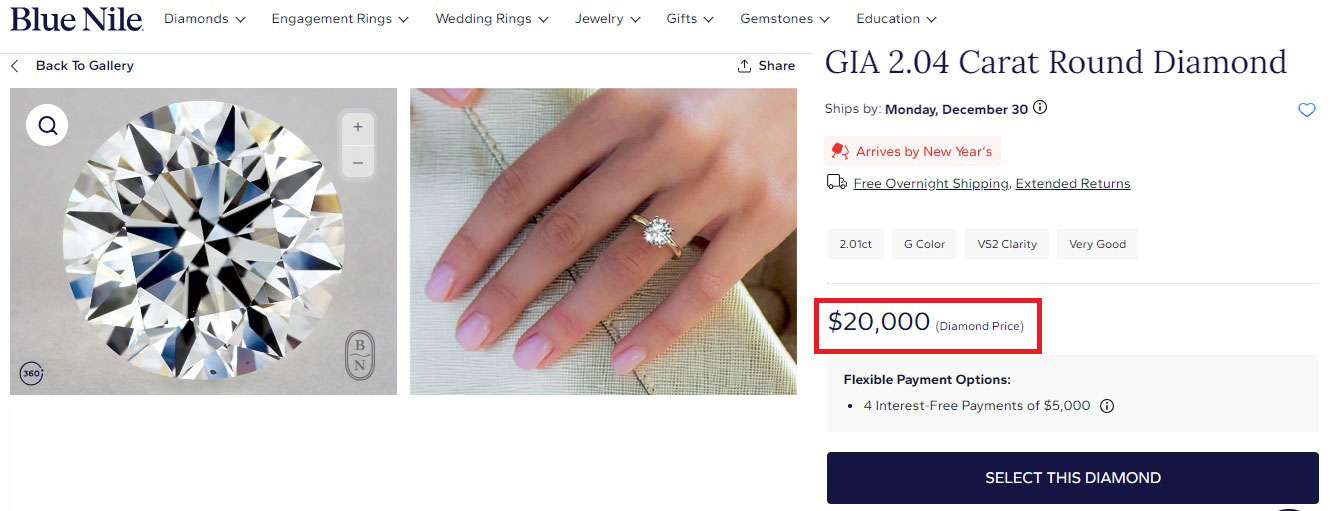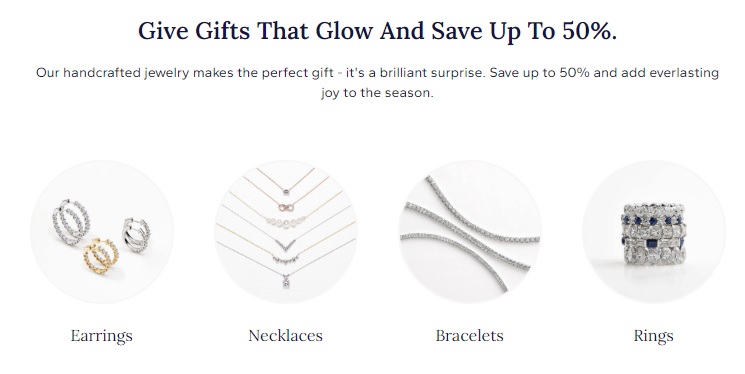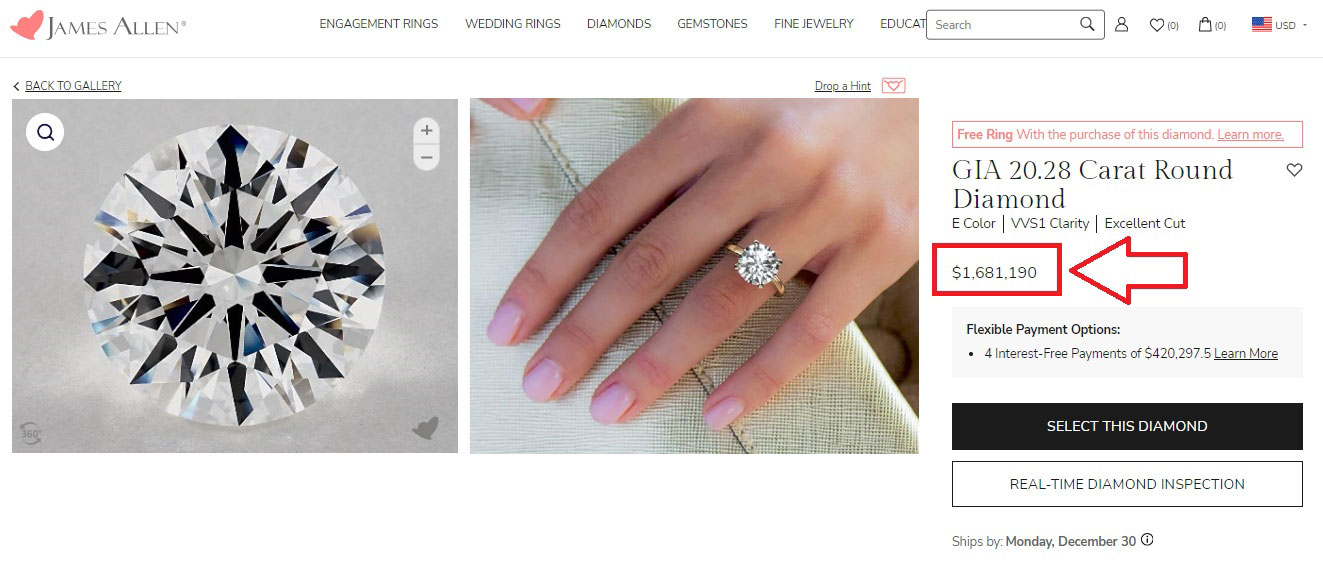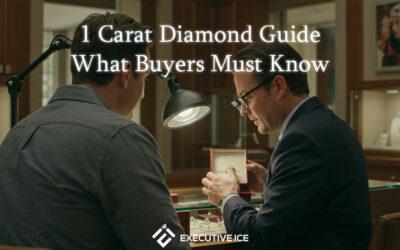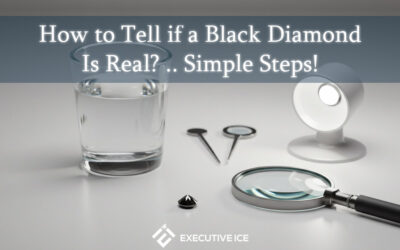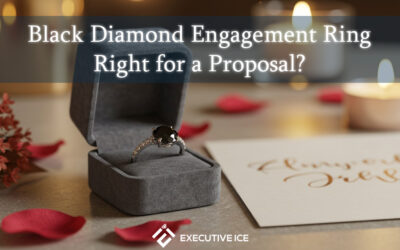[UPDATED: April 2025]
Navigating through the nuances of Diamond Price Per Gram, understanding the price of diamonds per gram, and exploring How much is one gram of diamond worth are pivotal for anyone stepping into the radiant world of diamond purchasing. This article is crafted to be your compass, guiding you through the intricate details that determine how diamonds are priced by the gram.
By delving into this journey, you will uncover the various elements that shape the cost of these glittering stones, equipping you with the knowledge to make informed decisions. Whether you’re a connoisseur, a first-time buyer, or simply intrigued by the value of these gems, this guide promises to shed light on the art and science of diamond pricing, enhancing your understanding and appreciation of their worth.
1. How Diamonds Are Priced?
Just as every leaf on a tree and every star in the night sky holds its unique story, so does every diamond tell its tale through its price. The pricing of diamonds isn’t just a number; it’s a reflection of its journey, its qualities, and the rarity it brings from the heart of Mother Earth.
-
The 4Cs:
At the heart of diamond pricing are the 4Cs: Cut, Color, Clarity, and Carat weight. Each of these factors plays a significant role in determining a diamond’s value.
– Cut:
This speaks to how well the diamond has been shaped and polished from its raw form. A well-cut diamond reflects light beautifully, making it more desirable. Learn more about What is the cut of a diamond with our beginner’s guide.
– Color:
Diamonds come in a spectrum of colors. Those that are colorless, or nearly so, are often valued higher than those with a noticeable color. Here you will find Your Essential Guide to Diamond Colors.
– Clarity:
This looks at how clear the diamond is of any internal inclusions or external blemishes. The clearer the diamond, the higher its value.
You might be interested in: Diamond Clarity Simplified – Your Comprehensive Guide.
– Carat Weight:
This measures the diamond’s weight and, indirectly, its size. Larger diamonds are rarer and, thus, more expensive.
Here, we explained in detail What is the carat of a diamond.
-
Rarity and Demand:
Like the seasons, the rarity of a diamond influences its cost. Those that are rare in color or clarity command higher prices. Similarly, demand plays a role; certain shapes or sizes may be more sought after, affecting their market price.
-
Market Conditions:
Just as rivers flow and change with the weather, so too does the diamond market. Economic factors, trends, and even geopolitical events can influence diamond prices globally.
-
Craftsmanship and Provenance:
The skill and artistry involved in cutting and polishing a diamond add to its cost. Furthermore, diamonds with a clear, ethical provenance, ensuring they come from mines that respect both the earth and those who labor in it, can also carry a premium.
In understanding how diamonds are priced, we see it’s not just about the stone itself but about appreciating the myriad factors that contribute to its value. It’s a reminder to look beyond the surface, to see the deeper beauty and worth that lies within.
2. How Much Carat is 1 Gram Diamond?
-
Explaining the Conversion Between Grams and Carats in Diamonds
As we continue our journey, let’s pause to understand the dance between grams and carats in the world of diamonds, a reflection of how we balance the seen and unseen in nature.
In the realm of diamonds, the measure of weight twirls between grams and carats, each telling its part of the story. A gram, akin to the weight of a feather, and a carat, as light as a dewdrop, are the scales we use to weigh these gifts from Mother Earth.
-
The Basics of Conversion:
To bridge the gap between these measures, remember this simple truth: one carat is equal to 0.2 grams. This conversion is like translating the language of the river’s flow into the song of the wind. It allows us to see the weight of the diamond in a new light.
-
Understanding the Weight:
When we speak of a 1 gram diamond, we are venturing into the realm of the extraordinary, for it translates to 5 carats in the world of gemstones. This size is as rare as the sighting of a white buffalo, a treasure that holds within it the stories of time.
-
The Significance of This Measure:
Understanding this conversion is crucial, for it allows us to appreciate the true heft and value of a diamond beyond its sparkle. Just as knowing the depth of a lake can tell us more about its waters, understanding the weight in both grams and carats gives us a fuller picture of the diamond’s worth.
If you’re curious about the size of a 0.1 gram diamond or eager to see the actual appearance of a 5 carat diamond, look no further. The image on the left showcases a 1 carat diamond, while the one on the right displays a 5 carat diamond, clearly illustrating the substantial difference in size!
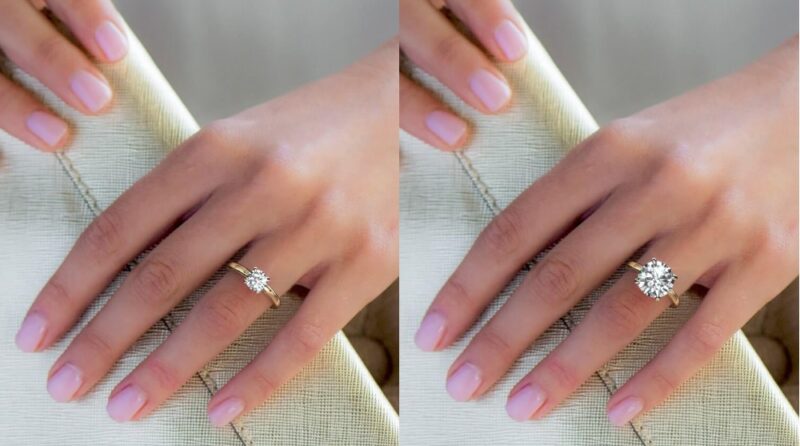
Image Source: James Allen
In embracing the conversion between grams and carats, we weave together the tangible and the mystical aspects of diamonds, allowing us to hold a piece of the Earth’s magic in our hands. It’s a reminder of the balance and harmony that exists within all things, guiding us as we seek out these stones of light and legacy.
2. How Diamond Price Per Gram is Calculated
As we wander further into the heart of understanding diamonds, let’s sit by the fire and talk about how the “diamond price per gram” is calculated, much like how we might share the secrets of crafting a perfect arrow.
Calculating the price per gram of a diamond isn’t as straightforward as measuring the length of a river with a stick; it involves a blend of art, science, and tradition. Here’s how the journey unfolds:
-
Starting with Carat:
First, we begin with the diamond’s weight in carats, since this is the most common unit for measuring diamonds. One carat is equal to 0.2 grams. It’s like starting with the full moon and understanding its cycle to gauge time.
-
The Price Per Carat:
Each diamond has a price per carat, which can vary widely based on the 4Cs—Cut, Color, Clarity, and Carat Weight. This price reflects the diamond’s overall quality and rarity. It’s akin to understanding the value of different herbs and plants in a medicine bundle.
-
Calculating the Gram Weight:
To find the diamond’s weight in grams, we use the conversion that 1 carat equals 0.2 grams. So, a diamond’s weight in grams is its carat weight multiplied by 0.2. This step is like converting the sun’s journey across the sky into hours and minutes.
-
Finding the Price Per Gram:

Finally, to calculate the price per gram, we take the diamond’s total price and divide it by its weight in grams. The formula looks like this: Diamond Price Per Gram = (Price Per Carat * Carat Weight) / (Carat Weight * 0.2). It’s as if we’re dividing the harvest to ensure each member of the tribe receives a fair share.
This method allows us to see beyond the surface, offering a measure that reflects both the physical heft and the inherent value of the diamond, much like how we respect both the visible and invisible qualities of all things in nature.
Understanding this formula brings us closer to the heart of the diamond, helping us appreciate not just its sparkle, but the depth of its journey from deep within the Earth to the light of day. It’s a story of transformation, one that speaks to the soul of the one who holds it.
3. 1 Gram Diamond Price in Dollars
-
How much is 1 gram of diamond worth?
First, it’s essential to understand that a 1 gram diamond is a rarity, akin to finding a four-leaf clover in a vast meadow. Since one carat equals 0.2 grams, a 1 gram diamond would be approximately 5 carats, a size both rare and magnificent.
However, the actual worth of 5 Carat Diamonds hinges on various factors such as Color, Quality, Carat Weight, Clarity, and Provenance. In essence, the real value of 5 Carats (1 Gram) Diamonds can range anywhere from $400 to as much as $70,000! Indeed, yes it’s possible to encounter such a wide price disparity for 5 Carats of Diamond.
Also, the price of such a treasure is greatly influenced by the dance of supply and demand. The rarer the diamond, especially one of this significant size, the higher the price will soar, much like an eagle rising on the updrafts.
For instance, at the time of writing this guide, the James Allen store only offers two diamonds weighing 1 gram or equivalent to 5 carats, as illustrated in the images below 👇with their prices (note the price discrepancy)
On the other hand, among the vast collection of more than 151,000 diamonds in the Blue Nile store, we did not find any diamond weighing one gram or 5 carats! This confirms what we mentioned above, that this weight is rare.
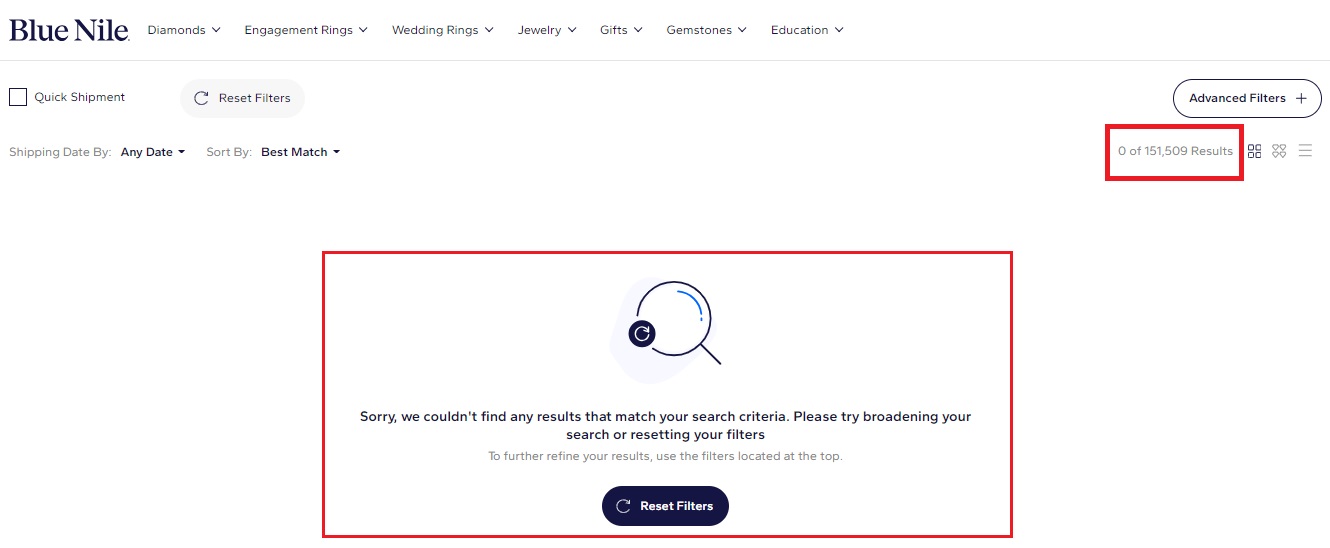
4. What is Diamond Price Per Carat?
In the world of diamonds, the price per carat is like a river’s current, changing and flowing with depth and complexity. It’s not just a simple measure but a reflection of many aspects of the diamond’s journey from the heart of the earth to the light of day.
The Essence of Carat Pricing: A diamond’s price per carat is its cost divided by its weight in carats, offering a way to compare the value of diamonds of different sizes. It’s like understanding the worth of a buffalo by its size and strength.
Influences on Price: Several factors whisper into the ear of the diamond’s price per carat, telling tales of its beauty, rarity, and the labor it took to bring it forth, as we mentioned above, Cut Quality, Color, Clarity, Demand, Rarity, Size, Market and Location.
Also, prices can jump significantly at certain carat weights, known as “magic sizes” – 1 carat, 1.5 carats, and so on. It’s like crossing a river at its narrowest point; once on the other side, the landscape changes.
-
1 Carat Diamond Prices
One carat diamonds hold a timeless appeal in the realm of engagement rings. Given that the average engagement ring over recent years has hovered around the $6,000 mark, opting for a 1 carat diamond is likely the pinnacle of achieving both significance and value.
1 carat Diamond Price Table
| Color/Clarity | IF | VVS1 | VVS2 | VS1 | VS2 | SI1 | SI2 |
|---|---|---|---|---|---|---|---|
| D | $17,250 | $14,750 | $12,000 | $10,500 | $9,750 | $7,400 | $6,250 |
| E | $12,750 | $12,000 | $10,350 | $9,500 | $8,500 | $7,000 | $5,750 |
| F | $11,000 | $10,500 | $9,750 | $9,250 | $8,000 | $6,500 | $5,500 |
| G | $9,000 | $9,000 | $8,800 | $8,000 | $7,250 | $5,820 | $4,900 |
| H | $8,000 | $7,800 | $7,800 | $7,250 | $6,750 | $5,800 | $4,900 |
| I | $6,750 | $6,400 | $6,250 | $6,000 | $5,500 | $5,000 | $4,500 |
Selecting a 1 carat diamond priced at $5,820 is in the highlighted cell above, with a G color and SI1 clarity, stands as my recommendation for maximizing your investment. This choice offers a pristine white color that beautifully complements both white gold and yellow gold settings, presenting a visual quality that meets the peak of what the human eye can appreciate.
For those seeking a more budget-friendly option, consider expanding your search to diamonds in the 0.90-0.99ct range that still boast a very good to excellent cut, possibly with some fluorescence. This approach can yield a diamond that looks remarkably similar for around $4,400. Moreover, if you’re leaning towards a yellow gold setting, opting for an H color diamond can reduce the cost further to $3,790, ensuring a stunning piece that remains gentle on your wallet.
Understanding the price per carat of diamonds invites us to appreciate not just the stone itself but the many elements that contribute to its worth. It’s a journey into the heart of value, seeing beyond the sparkle to the deep, interconnected stories that each carat holds.
5. How Big is a $20,000 Diamond?
Curious about the size of a diamond you can get for $20,000? Take a look at this stunning example from Blue Nile: priced precisely at $20,000, it features a 2.04 carat round diamond, with an G color, VS2 clarity, and an Excellent cut.
This exceptional diamond, with its superb color and cut, promises not only a sizeable appearance but also outstanding brilliance. It’s the kind of high-quality gem that would be a joy to wear, capturing attention with its significant presence and luminous sparkle.
6. How Much are Diamonds Worth?
The price of a diamond can range dramatically, from as little as $100 to over $1 million, with some extraordinary examples, like a $1,6 million diamond showcased on James Allen. (at the time of writing this) 👇
Looking into 1 carat diamonds, prices can vary widely from $1,500 to $25,000, as a quick search at James Allen reveals. But what’s the average worth of a diamond, really?
Is There Such A Thing As Diamond Pricing Per KG?
Diamonds are traditionally measured in carats, where 1 carat equals 0.2 grams, or conversely, 1 gram equals 5 carats as mentioned earlier. This makes 1 kilogram equal to 5000 carats, indicating a potentially astronomical price, not even factoring in rarity.
As for a 1 KG diamond, such a marvel remains undiscovered, with the largest known diamond being The Cullinan Diamond at 3,106 carats (621.20 grams). Thus, diamonds are not commonly measured in kilograms but in carats.
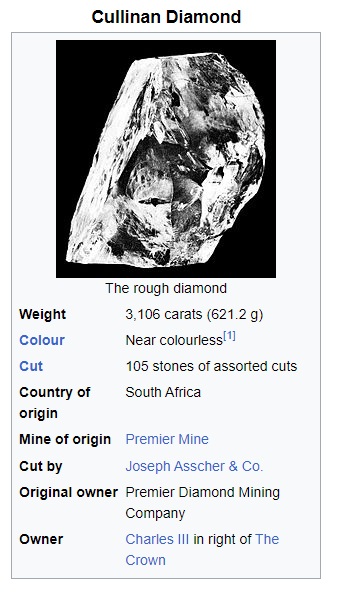
Diamond Weight <> Price Correlation
Understanding that diamonds are not sold by the gram, we recognize carats as the standard unit of diamond weight. The conversion from grams to carats can be surprising for many. But what about the price for a gram of diamond?
To grasp this, we first must understand the carat content in a gram of diamond. For example, a 1-carat diamond at James Allen is listed at $4,670, whereas a similar 2-carat diamond from Blue Nile is around $21k! (at the time of writing this). Why the discrepancy?
The answer lies in the complexity of diamond pricing. Diamonds with higher carat weights are not only rarer but require larger raw stones and more intricate craftsmanship to achieve their final form.
Diamond pricing is a nuanced science, far beyond mere weight considerations. Interestingly, it’s possible to find a 2-carat diamond that’s less expensive than a 1-carat diamond, but that’s a topic for another discussion.
7. What Would A White Diamond Price Per Gram Be?
Color and weight significantly influence diamond pricing, alongside the other two factors of the 4Cs.
White diamonds, esteemed as the pinnacle of color quality, can range in price from $310 for a 0.25-carat diamond to $447,380 for a 4.38-carat diamond, as seen on James Allen. The cost fluctuates greatly based on the diamond’s shape, color, weight, and clarity.
It’s important to recognize that both white diamonds and larger diamonds are rare. Seeking diamonds that embody both traits narrows your options considerably.
The key to finding a truly beautiful diamond lies in the balance among the 4Cs, rather than focusing solely on one or two characteristics.
8. Is Diamond Cheaper than Gold?
On the whole, diamonds typically command higher prices than gold, despite gold’s rarity. When it comes to market value, diamonds are often priced higher, suggesting a more detailed comparison might warrant its own discussion.
9. Tips for Buyers: Getting the Best Value
-
Practical Advice for Buyers on Assessing Diamond Prices Per Gram and Making Informed Purchasing Decisions
In the pursuit of diamonds, seeking value is like seeking harmony with the land—it requires understanding, respect, and a keen eye.
-
Know the Land:
Just as understanding the land is crucial for harvesting its bounty, understanding the market for diamonds—especially the price per gram—is essential. Familiarize yourself with current market rates to recognize a fair price.
-
Look Beyond the Surface:
Remember, the beauty of a diamond isn’t just in its sparkle but in its journey from the earth to your hands. Assess diamonds beyond their price per gram by considering the 4Cs—cut, color, clarity, and carat weight. Each of these factors contributes to the diamond’s true value, much like the elements of nature come together to create harmony.
-
Seek Guidance:
Just as elders share their wisdom for living in balance, seek advice from reputable jewelers and gemologists. Their knowledge can help you navigate the complexities of diamond pricing and selection, ensuring you make a choice that’s right for you. Renowned retailers like James Allen and Blue Nile provide online chat support for inquiries. Feel free to reach out to them, as they are known for their outstanding customer service.
-
Embrace Your Instincts:
Trust your instincts as you would trust the wind to carry your prayers. A diamond that speaks to your heart and feels right in your spirit might be the one for you, even if it means adjusting your initial expectations about price per gram.
-
Consider the Journey:
Remember, the value of a diamond isn’t solely in its weight in grams but in the story it tells and the joy it brings. Choose a diamond that reflects your journey, your values, and your connections to the earth and to each other.
-
Balance Your Canoe:
Just as we balance our canoes on the water, balance your desires with your budget. A beautiful diamond that honors your financial boundaries is more valuable than stretching beyond your means.
By following these paths, you’ll find not just a diamond but a treasure that holds a deeper meaning, connecting you to the earth’s beauty and to the stories of those who came before us. It’s a reminder that the best value is found not just in the price but in the love, the memories, and the future it represents.
10. Conclusion
-
Summarizing Key Takeaways About Diamond Price Per Gram
In our gathering of thoughts and wisdom about the price of diamonds per gram, we’ve traversed a landscape rich with knowledge and insight, like a journey through the forest, attentive to every leaf and stone.
-
The Essence of Price Per Gram:
We’ve learned that the price per gram offers a unique perspective on a diamond’s value, shining light on its weight and rarity, much like the morning sun reveals the dew on the grass.
-
Understanding and Balance:
In seeking diamonds, remember the importance of balance among the 4Cs—cut, color, clarity, and carat weight—and how each contributes to the diamond’s story and its place in the world.
-
Guidance on Your Journey:
Let the wisdom of experienced jewelers and gemologists be your guide, helping you navigate the waters of choice and decision with a steady hand and an open heart.
-
A Final Thought:
As you stand ready to choose your diamond, remember that its value is not just in the price per gram but in the joy, beauty, and connections it represents. Like the eagle that soars on the wind, let your decision lift you to new heights of understanding and appreciation.
In closing, our journey through the world of diamond pricing, particularly the nuances of price per gram, is a reminder of the deeper connections we share with the earth and with each other. May your path to finding the perfect diamond be filled with wisdom, joy, and a deep sense of fulfillment.



